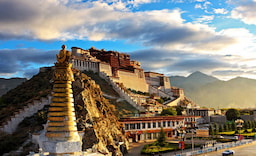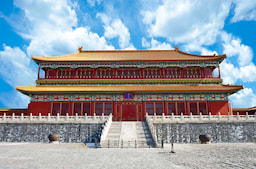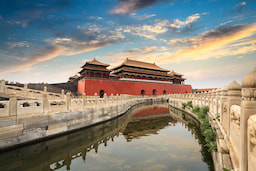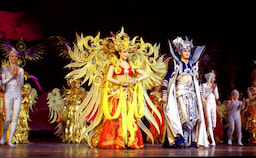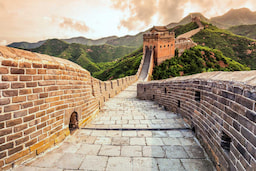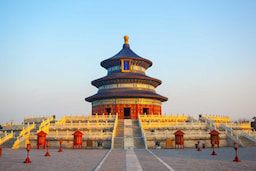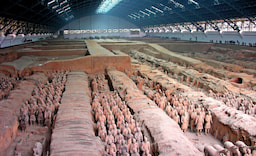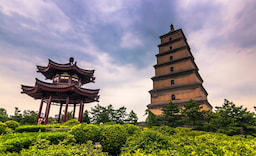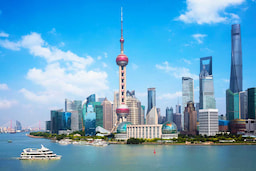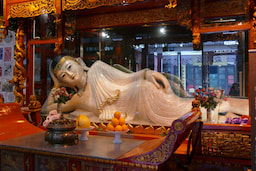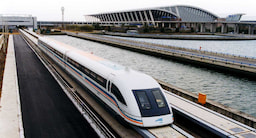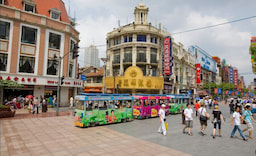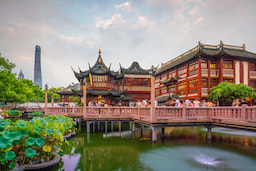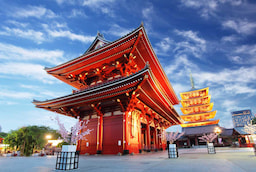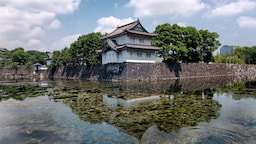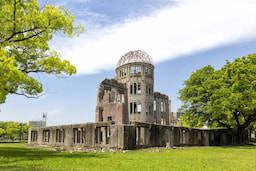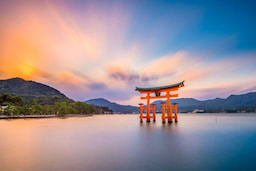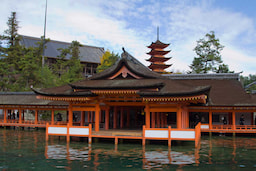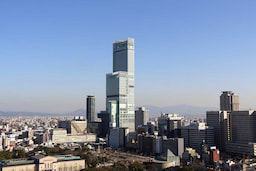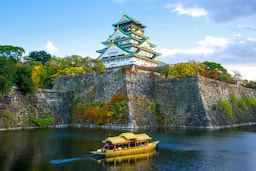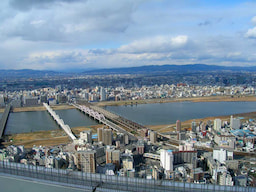- Home
- International Tour Packages
- China
- Splendid China Japan
Splendid China Japan
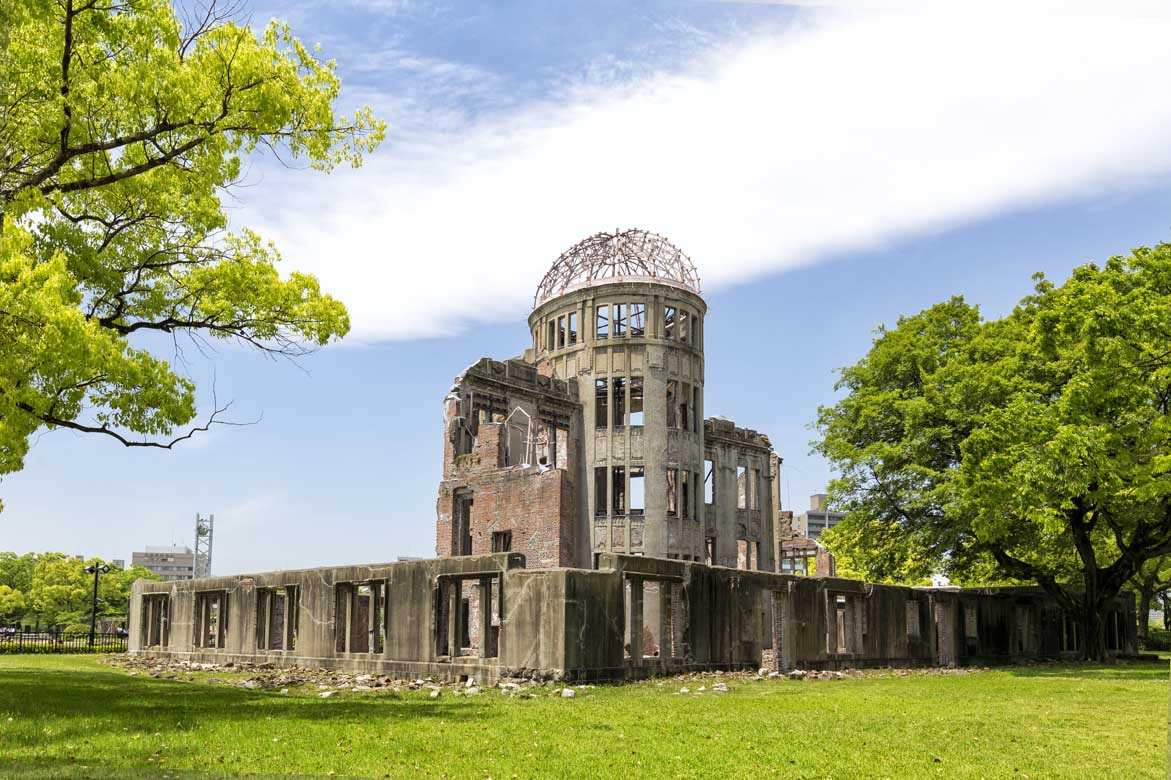
Cities : Beijing (3N),Xi'an (2N),Shanghai (3N),Tokyo (2N),Nagoya (1N),Hiroshima (1N),Osaka (2N)
Sightseeing
- Great Wall Of China
- Olympic Stadium - Bird Nest (Outside)
- Summer Palace
- Tiananmen Square Beijing
- Forbidden City Beijing
- Golden Mask Show
- Water Cube (Outside)
- Ancient City Wall
- Big Wild Goose Pagoda
- Terracotta Warriors
- Tang Dynasty Show
- The Legendary Bund
- Yu Garden
- Oriental Pearl Tower with Lower Sphere and History museum Visit
- Huangpu River Cruise
- Jade Buddha Temple
- Maglev Train - One Way Trip
- Peoples Square
- Meiji Jingu
- National Diet Building - Pass By
- Imperial Palace
- Ginza
- Sumida River Cruise
- Asakusa Temple
- Nakamise Shopping Street
- Akhiabara - Pass By
- Mt. Fuji 5th Station
- Lake Ashi Cruise
- Hamarikyu Garden
- Azumabashi bridge
- Peace Memorial Park & Museum and Atomic Bomb Dome
- Miyajima Island
- Umeda Sky Building
- Namba Shopping Area
- Kinkakuji Temple
- Imperial Palace
- Kitano Tenmangu Shrine
Meals
- 14 Breakfast
- 1 Japanese Lunch
- 2 Indian Lunch
- 8 Dinner
Day wise travel itinerary
- Day 1 :BeijingArrive in Beijing the capital of the People’s Republic of China, which is over 3,000 years old. Evening enjoy Golden mask show in the evening. Check in Hotel.Overnight in Beijing.
- Dinner
- Day 2 :Beijing
Breakfast at hotel, visit to the world famous Tian'anmen Square the biggest square in the world that lies in the center of the city. Then the Forbidden City from which the Emperors of the Ming and Qing dynasties governed for over 500 years.Silk shop, and visit the Summer Palace, the largest and best preserved of all the imperial palace gardens, and boasts such delights as the “Marble Boat” and the ornately painted” Long Corridor”.Dinner at local restaurant. Overnight in Beijing.
- Breakfast
- Dinner
- Day 3 :BeijingBreakfast at hotel, Begin today’s full tour with visit the fabled Great Wall Badaling Pass a UNESCO World Heritage Site and a massive defensive structure built to keep off intrusion. Visit a Longdi Jade shop where we will learn about Chinese jade culture. Later proceed to see the Bird’s Nest (Olympic National Stadium outside) and the Water Cube (Outside). Free shopping at Yashow market or Silk Street. Overnight in Beijing.
- Breakfast
- Local Lunch
- Dinner
- Day 4 :Xian
After breakfast, transfer to Xian by Flight or Train. On arrival ,go to visit Ancient City Walls, and Big Wild Goose Pagoda Square. Overnight in Xian
- Breakfast
- Dinner
- Day 5 :Xian
After breakfast, then go to visit Terra-cotta warriorse and Horse and tang dynasty show. Overnight in Xian.
- Breakfast
- Dinner
- Day 6 :Shanghai
After breakfast, then take flight to shanghai. Overnight in Shanghai.
- Breakfast
- Dinner
- Day 7 :Shanghai
Breakfast at Hotel, then visit the Visit Oriental TV Tower(02ball),then lovely old Yuyuan Garden- look nine zig zag bridge with golden fish pond, bridges and pavilions. Then we step onto Yu Market. Later, visit the People Square. Evening enjoy the Huangpu River Crusie. Overnight in Shanghai.
- Breakfast
- Dinner
- Day 8 :Shanghai
Breakfast at Hotel, then visit the jade Buddha temple and shopping. Overnight in Shanghai.
- Breakfast
- Dinner
- Day 9 :Tokyo
After breakfast , flight to Tokyo-arrive at Narita Airport – Japan. Transfer to hotel. Hotel check in after 1400 hrs. Overnight in Tokyo.
- Breakfast
- Dinner
- Day 10 :Tokyo
After breakfast, visit Asakusa Temple. This temple is also known as Sanja-sama and is one of the most famous Shinto shrines in Tokyo. Asakusa shrine is part of a larger grouping of sacred building in the area. Later visit Orientation tour- Tokyo Station, Akhiabara, Imperial Palace, Diet Building etc. Visit Tokyo tower is an observation tower. Visit Hama Rikyu garden, Sumida River Cruise, Azumabashi, . Evening free time in Ginza. Overnight stay at hotel
- Breakfast
- Japanese Lunch
- Dinner
- Day 11 :Nagoya
Morning after breakfast, first we will enjoy the Lake Ashi Cruise. Lake Ashi is a scenic lake in the Hakone area of Kanagawa. It’s a crater lake that lies along the southwest wall of the caldera of Mount Hakone, a complex volcano. The lake is known for its views of Mt. Fuji. Later visit Komagatake Ropeway. Depart from Tokyo to Nagoya by Bullet train Overnight in Hotel.
- Breakfast
- Lunch
- Dinner
- Day 12 :HiroshimaMorning after breakfast, visit the Peace Memorial Park, Miyajima Island, Miyajima Istukushima Shrine Take bullet trin to from Nagoya to Hiroshima .Overnight in Hiroshima Hotel.
- Breakfast
- Dinner
- Day 13 :Osaka
After breakfast, depart from Hiroshima to Osaka by bullet train. Later visit Umeda sky building sky walk Namba shopping area. Overnight in Osaka Hotel.
- Breakfast
- Dinner
- Day 14 :OsakaAfter breakfast, the day starts by visiting the city of Kyoto - visit the Kinkakuji Temple (Golden Pavilion), Nijo castle. Kyoto imperial palace ,Kitano tenmangu Shrine Later visit Nara- Todaiji temple, Kasuga Taisha, Nara Nagomikan. Overnight in Hotel.
- Breakfast
- Lunch
- Dinner
- Day 15 :Back To India
After breakfast, check out and depart for the airport for your flight back to India. (No breakfast as flight is early)
Sightseeing

Great Wall Of China

Olympic Stadium - Bird Nest (Outside)

Summer Palace

Tiananmen Square Beijing

Forbidden City Beijing

Golden Mask Show

Water Cube (Outside)
Gallery
- Umeda Sky Building
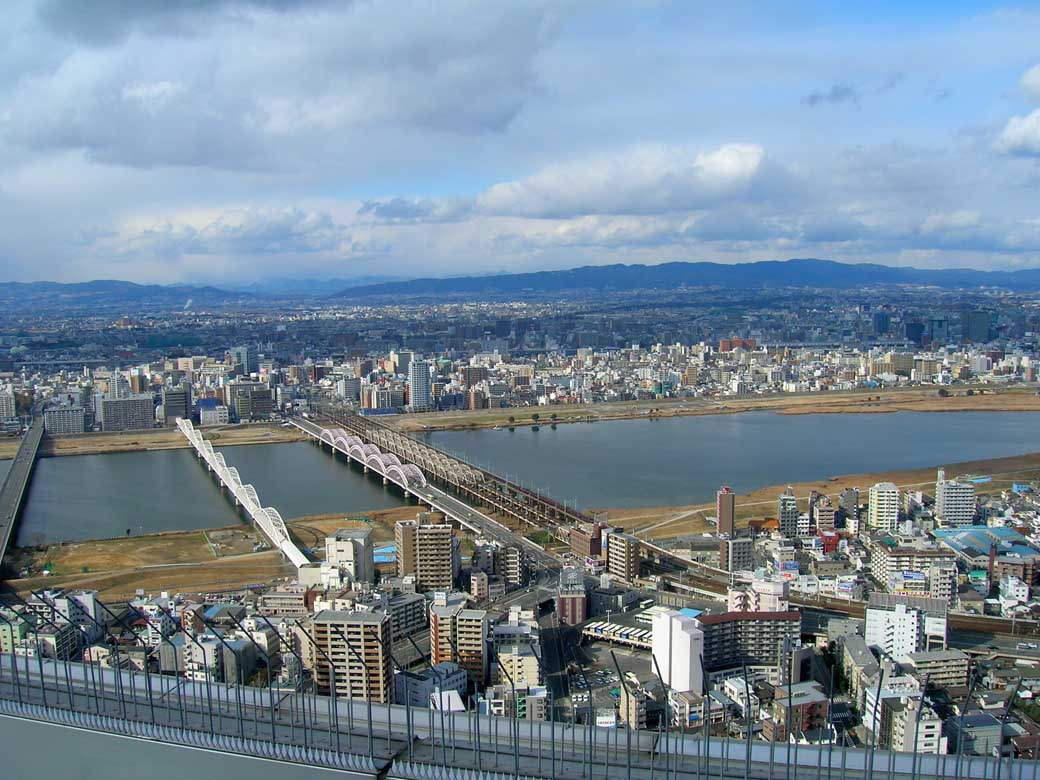
- A Potala Palace
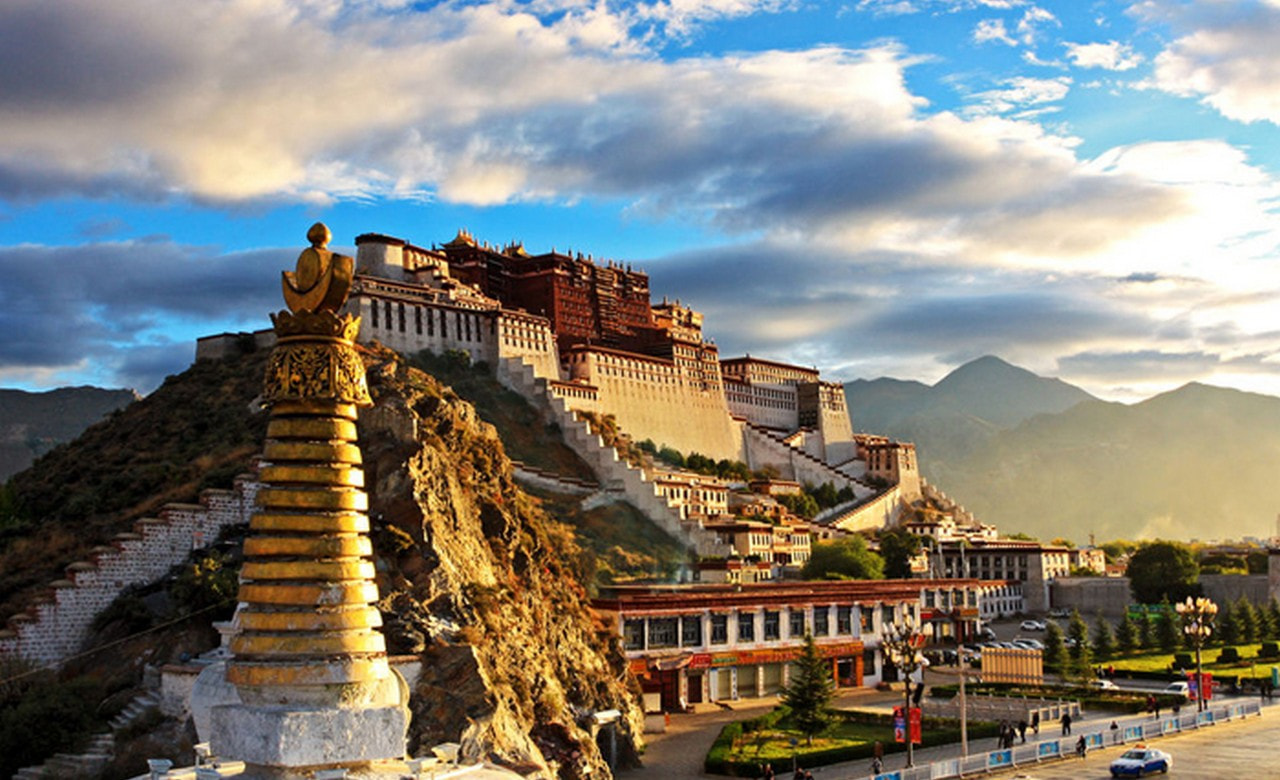
- Forbidden City Beijing
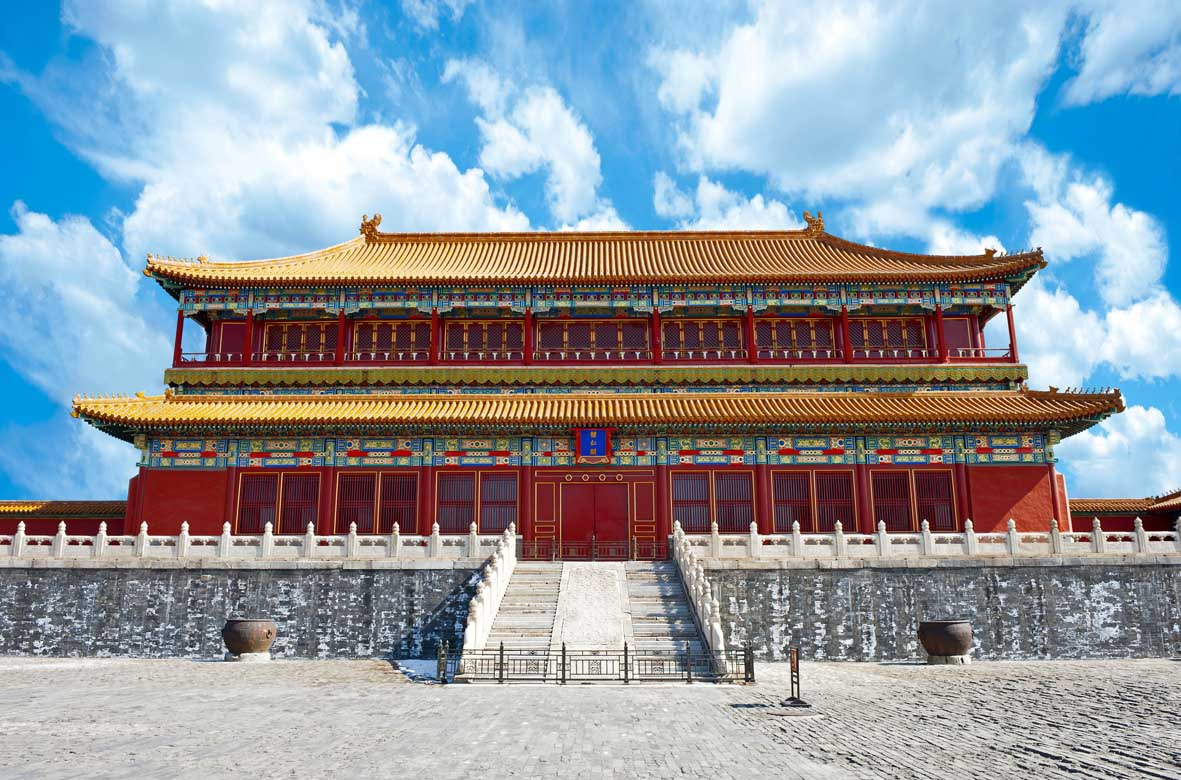
- Forbidden City Beijing 2
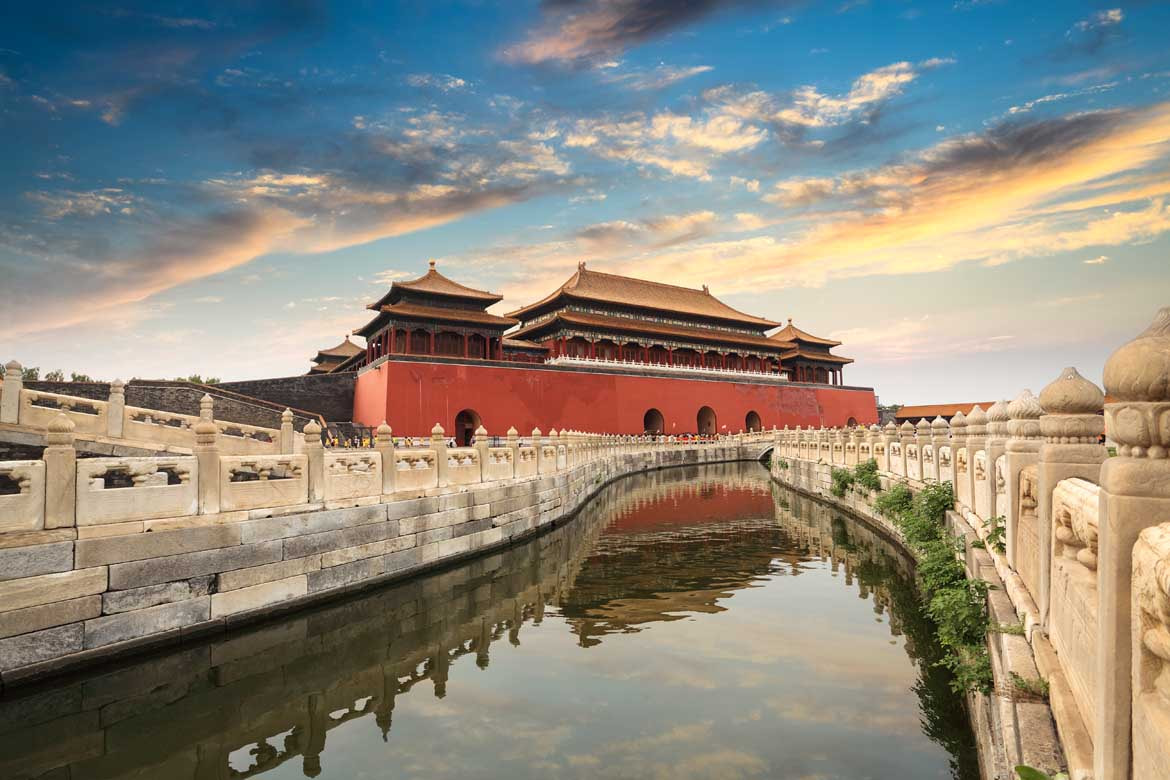
- GOLDEN MASK SHOW 3
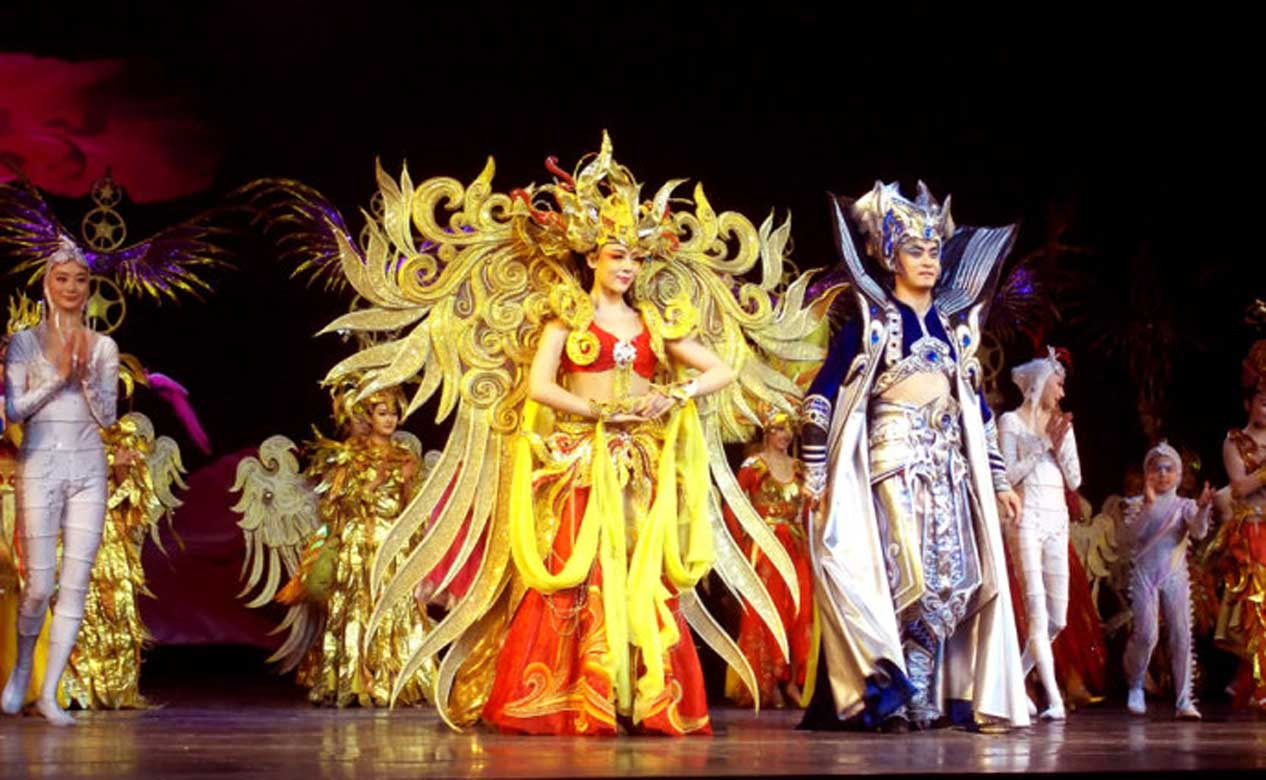
- Great Wall-Yu Yong Guan Pass 3
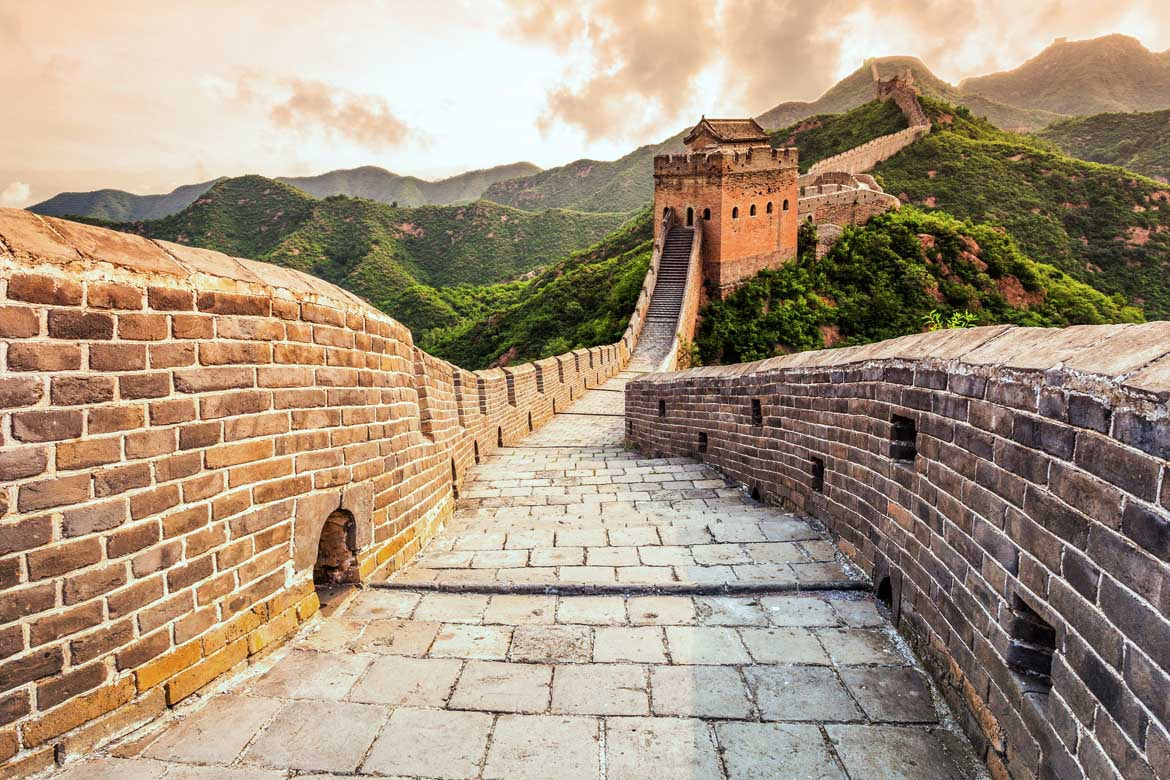
- Temple of Heaven 2
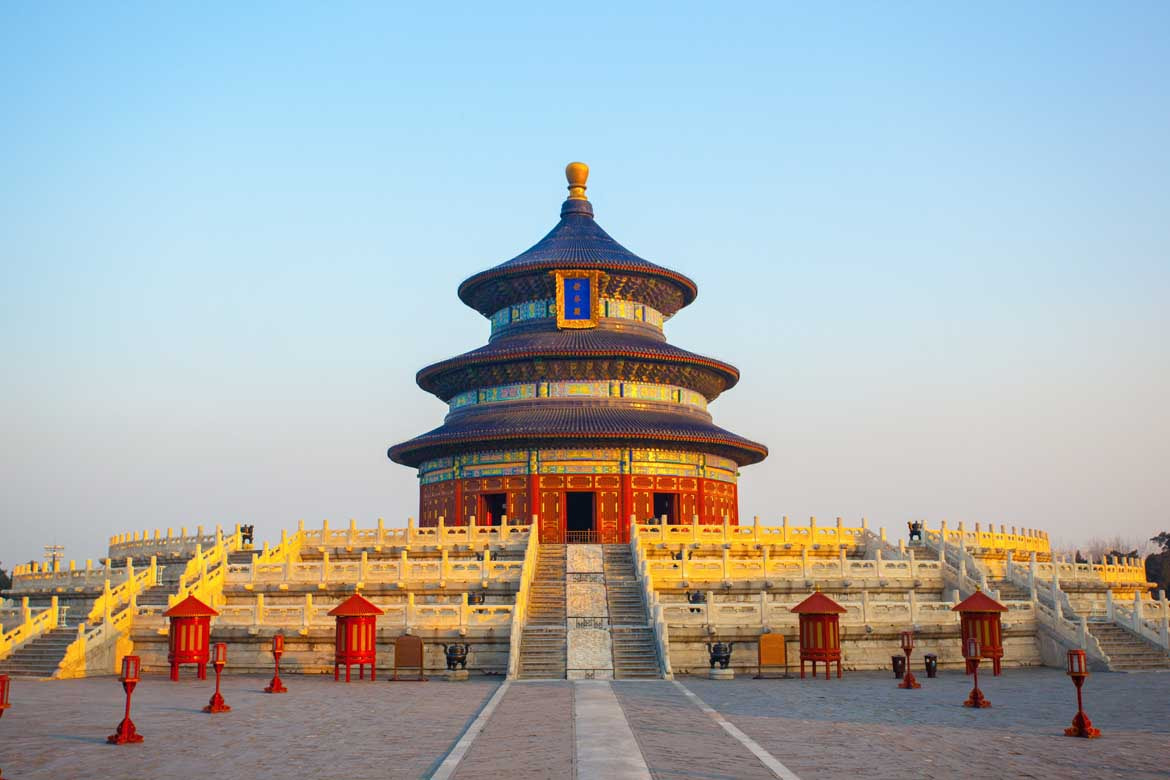
- Terracotta Warriors
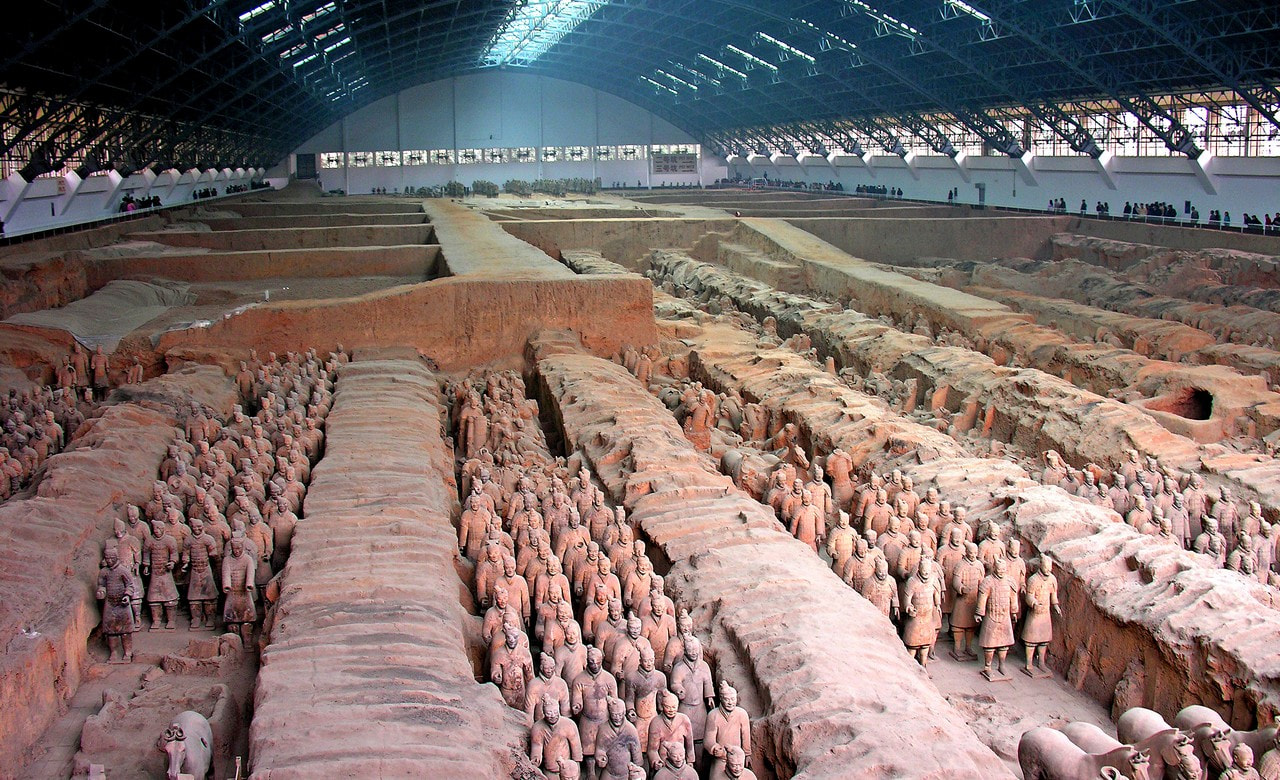
- Wild Goose Pagoda
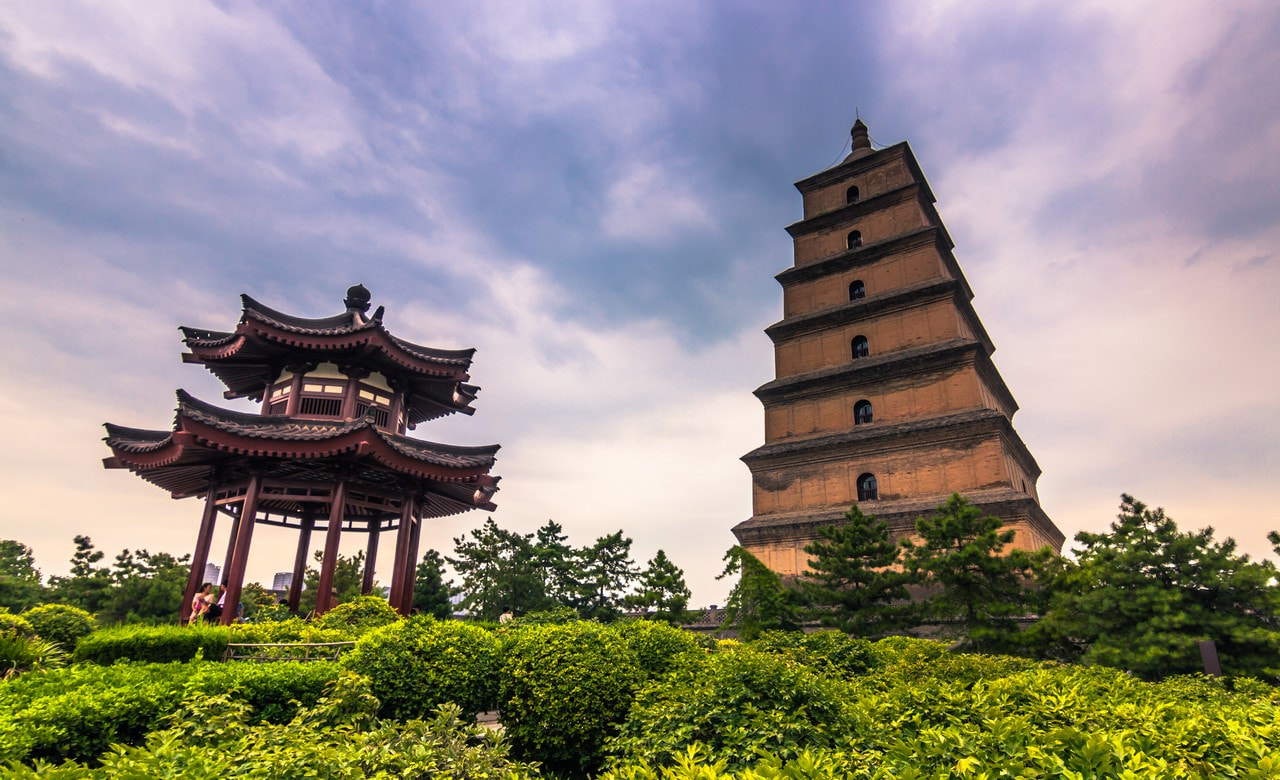
- Huang Pu River with cruise 3
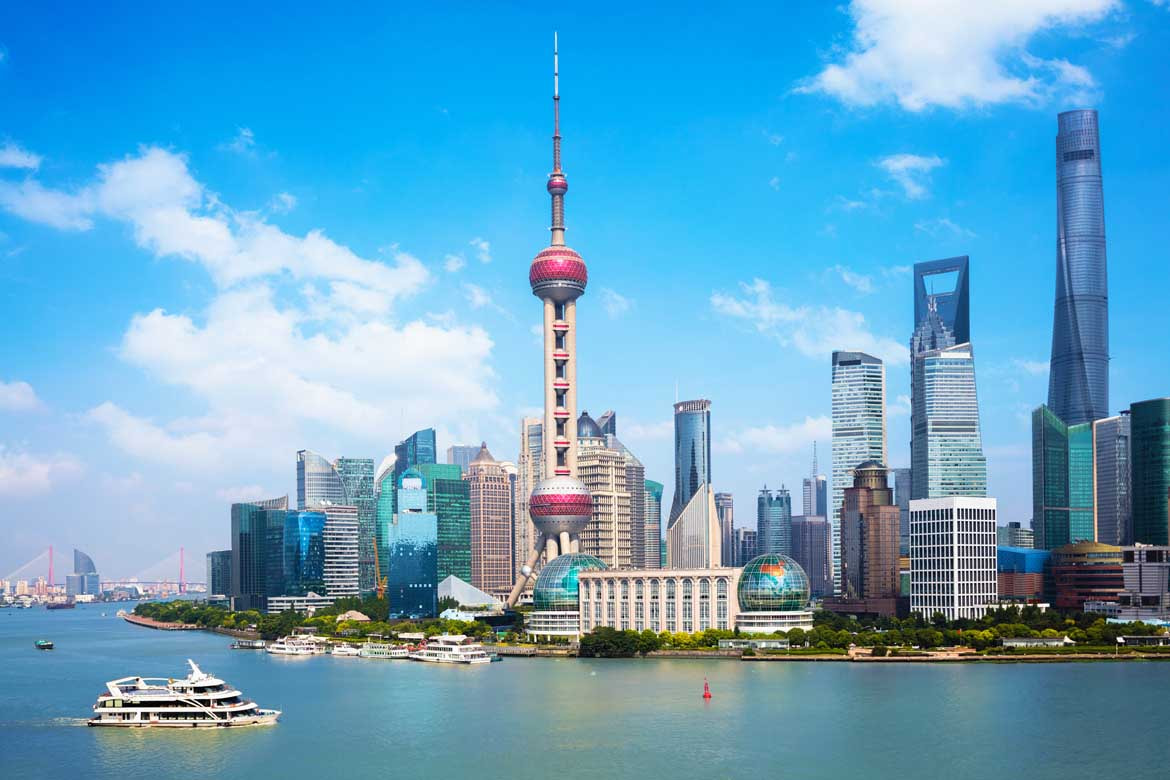
- JADE BUDHDHA TEMPLE 2
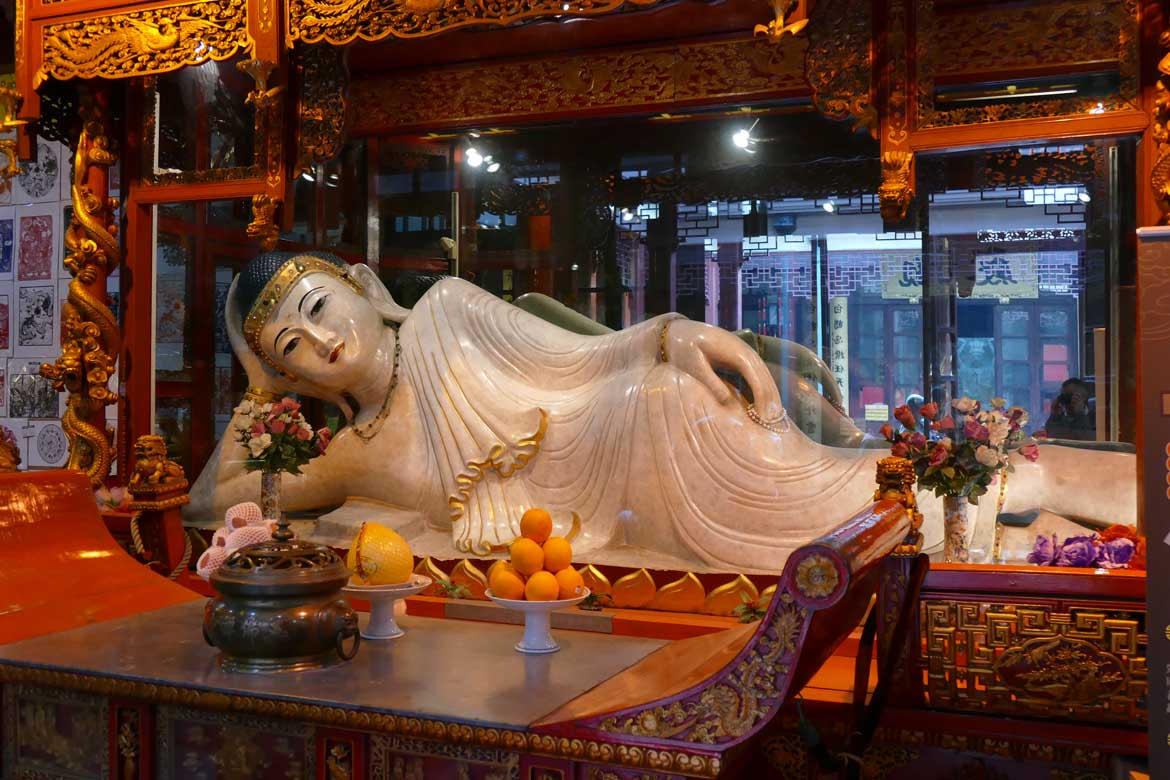
- Maglev Train Shanghai
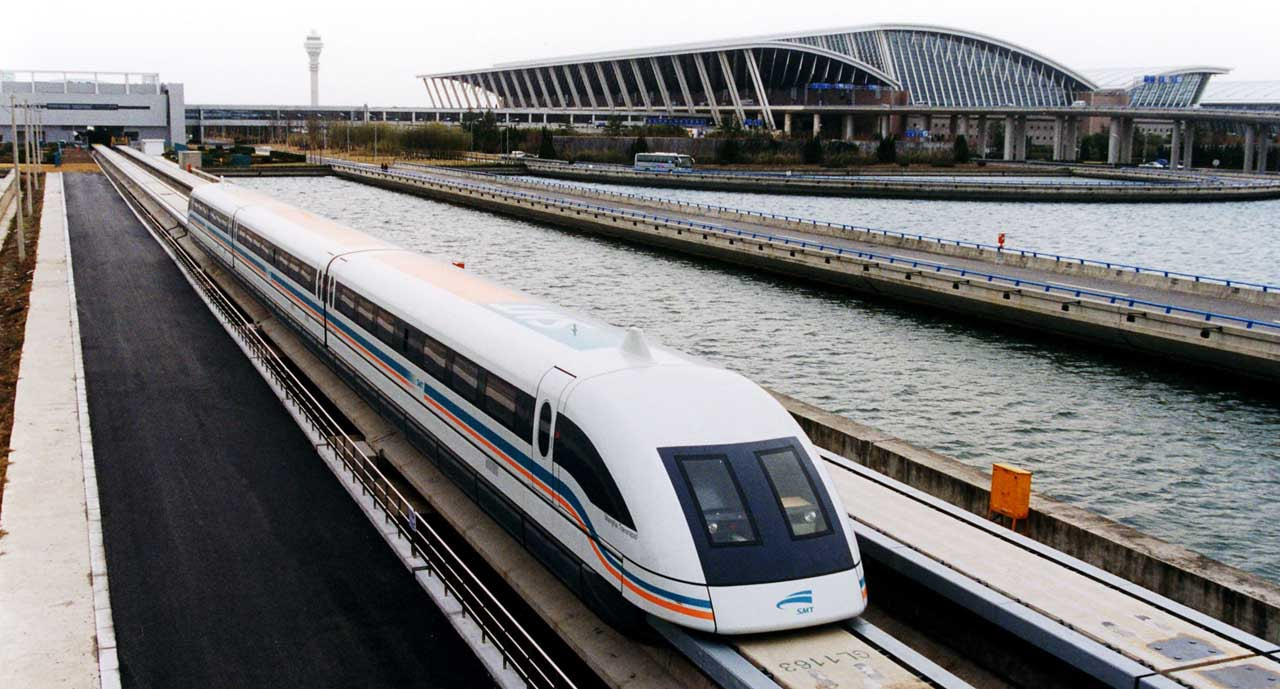
- Nanjing Road
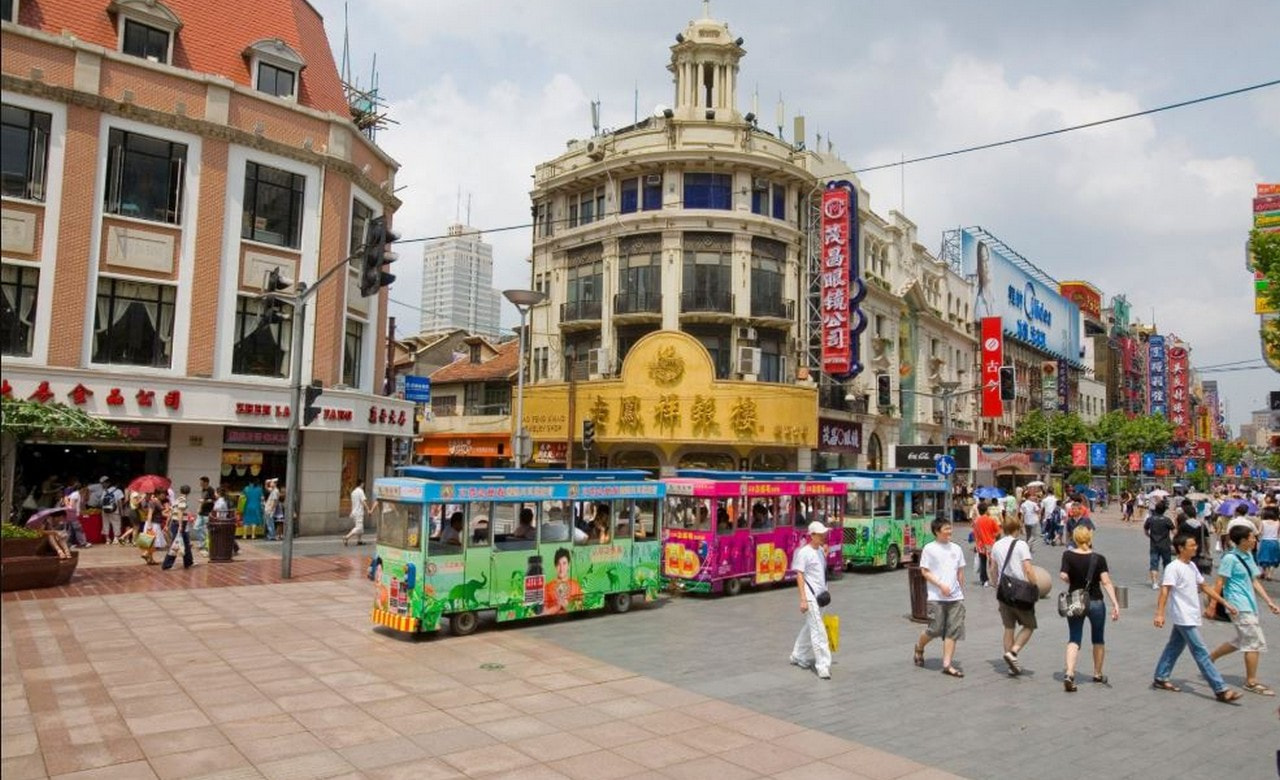
- Yu Garden 3
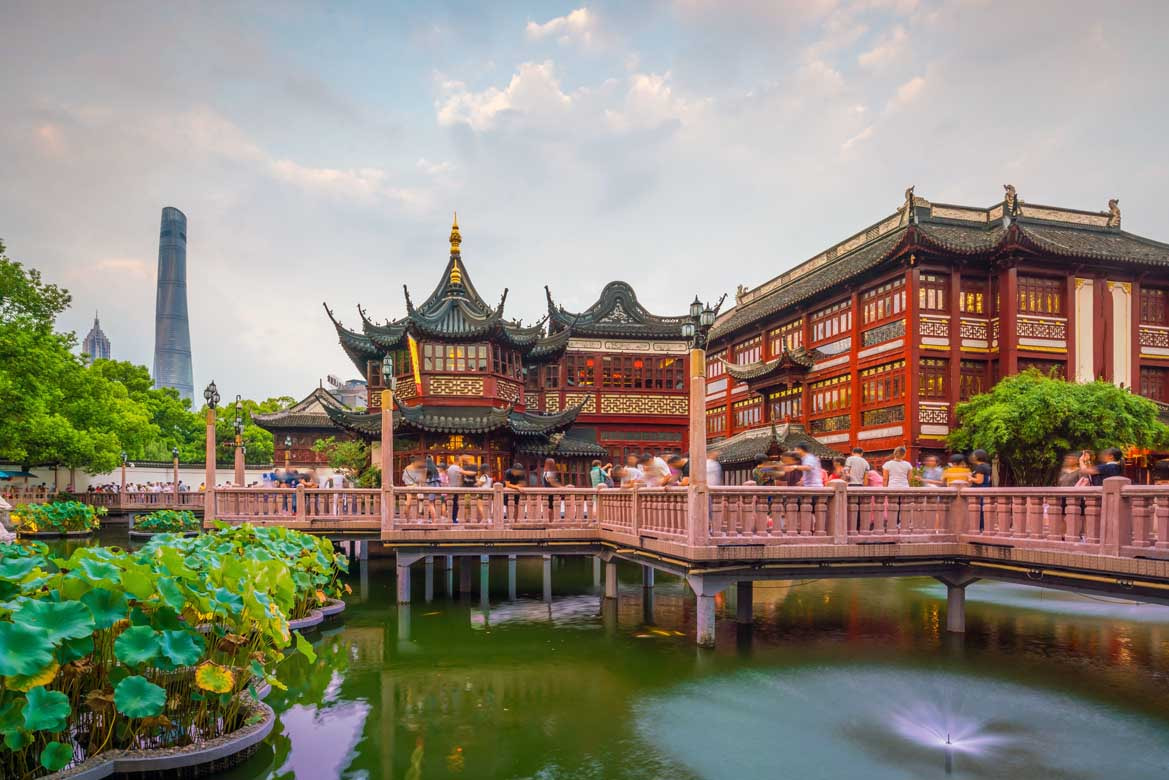
- Asakusa Temple
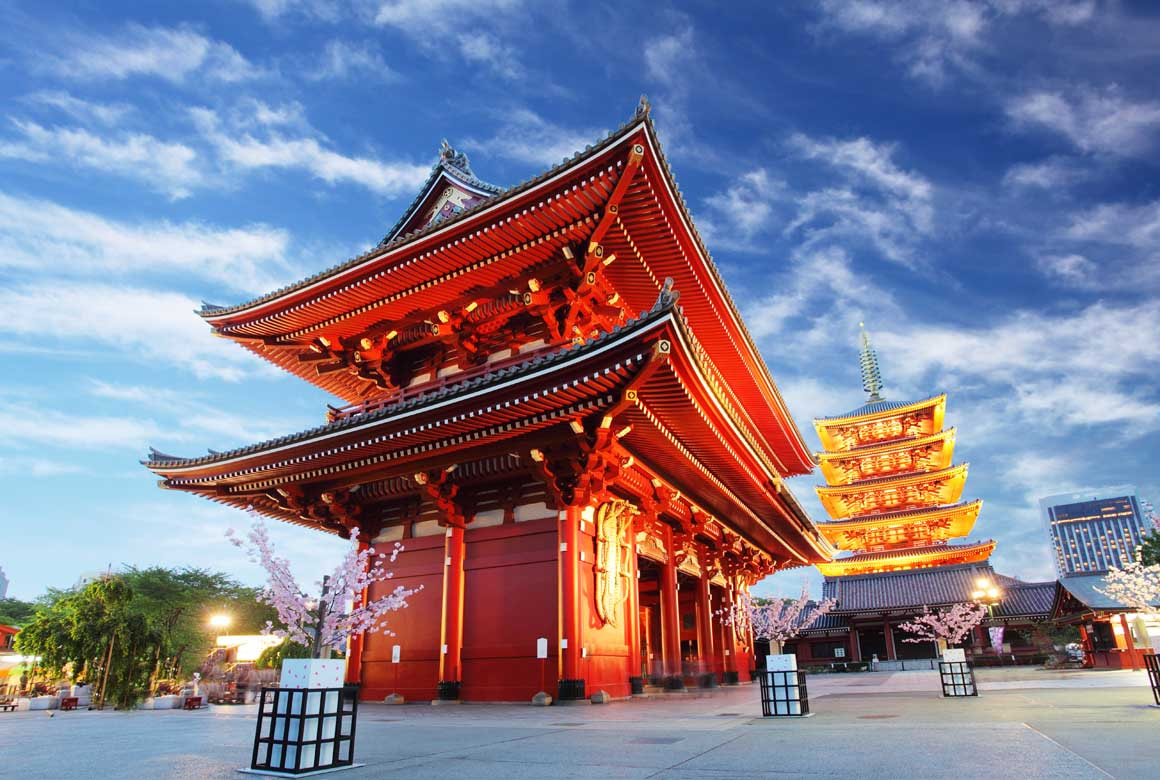
- IMPERIAL PALACE TOKYO
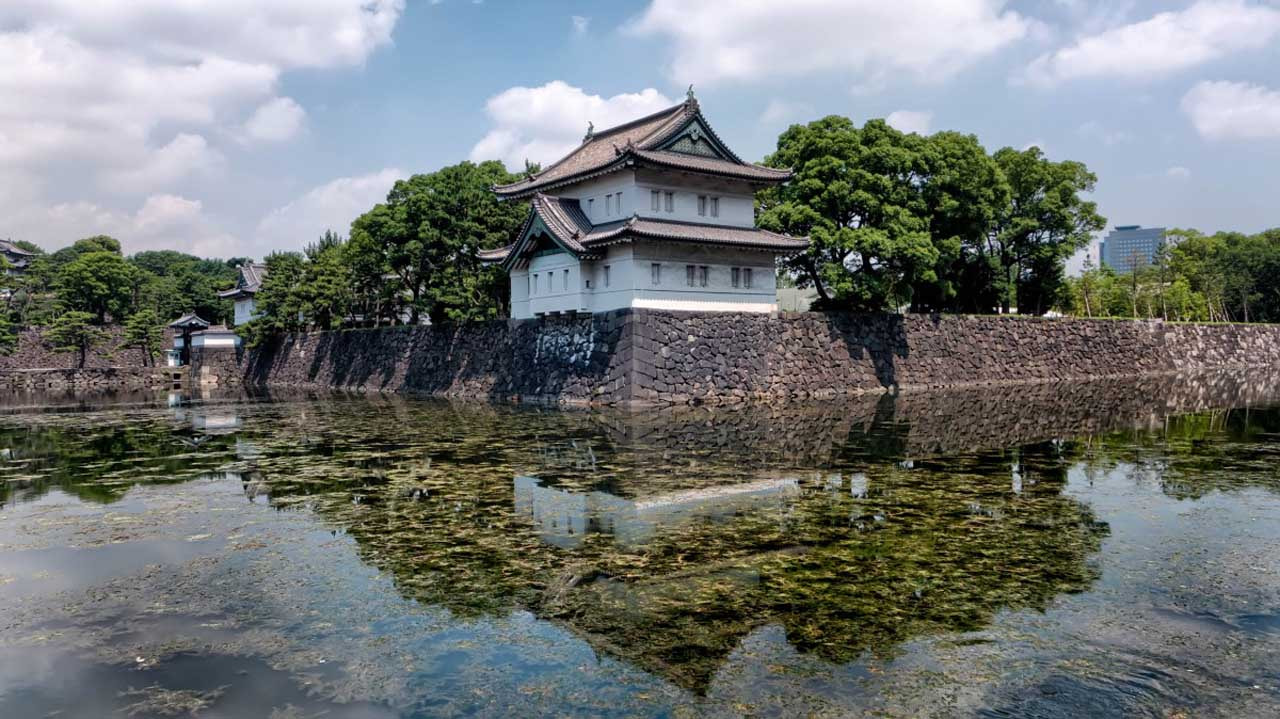
- Atomic Domb
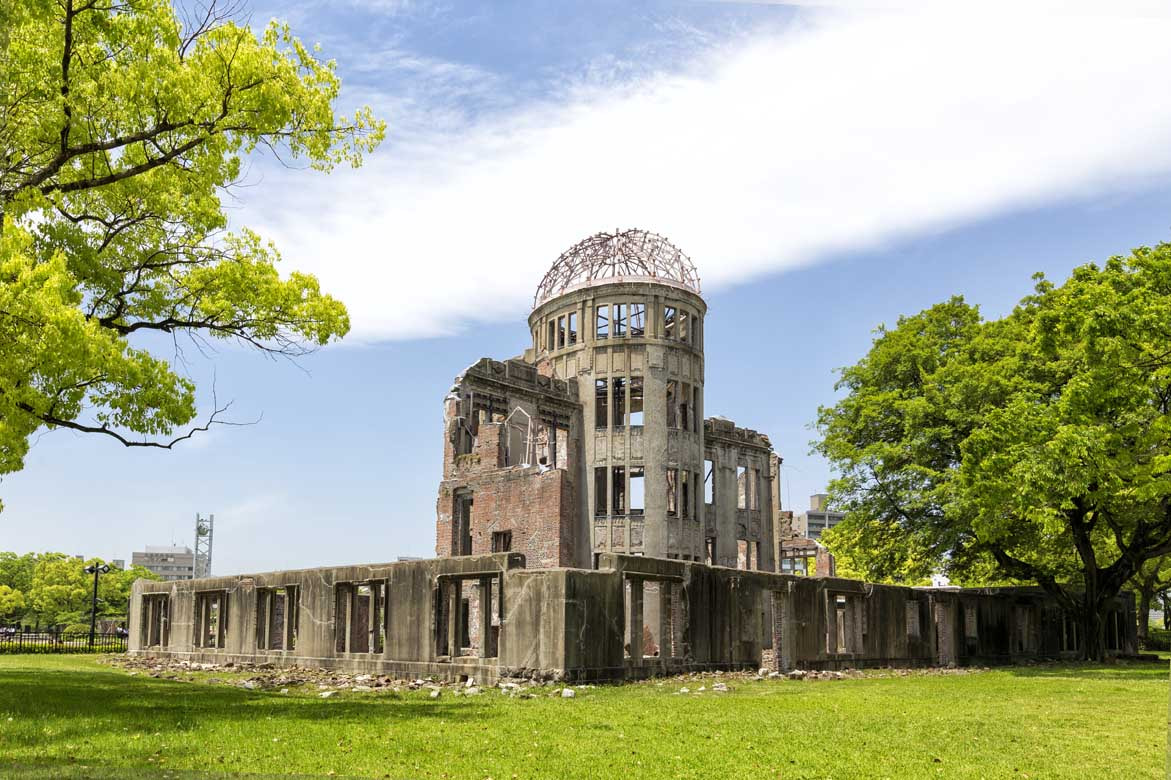
- Hiroshima
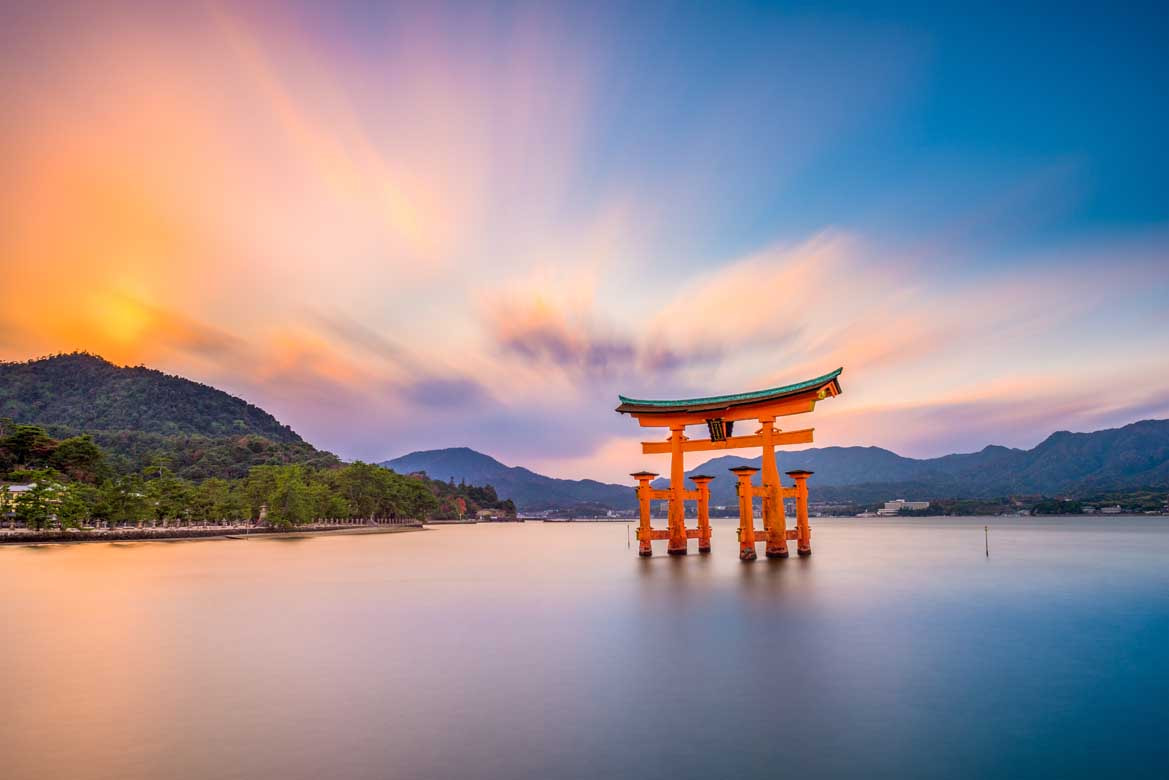
- Itsukushima_shrine
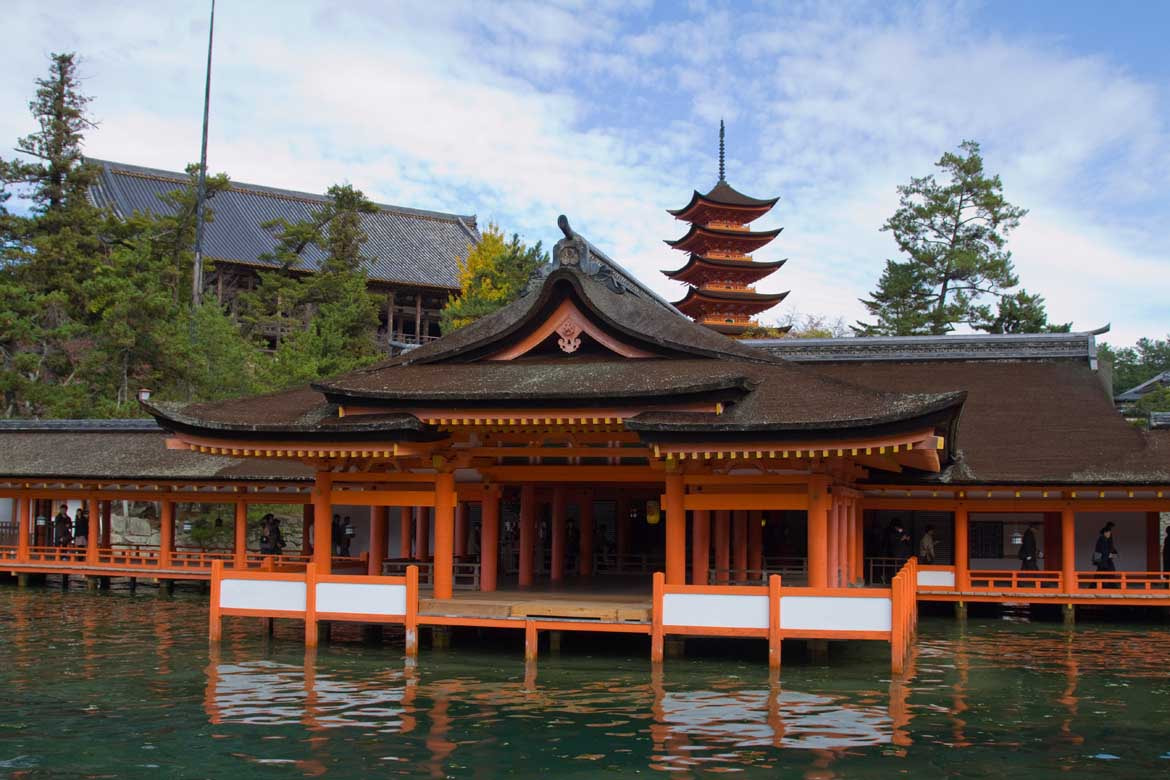
- JP Osaka
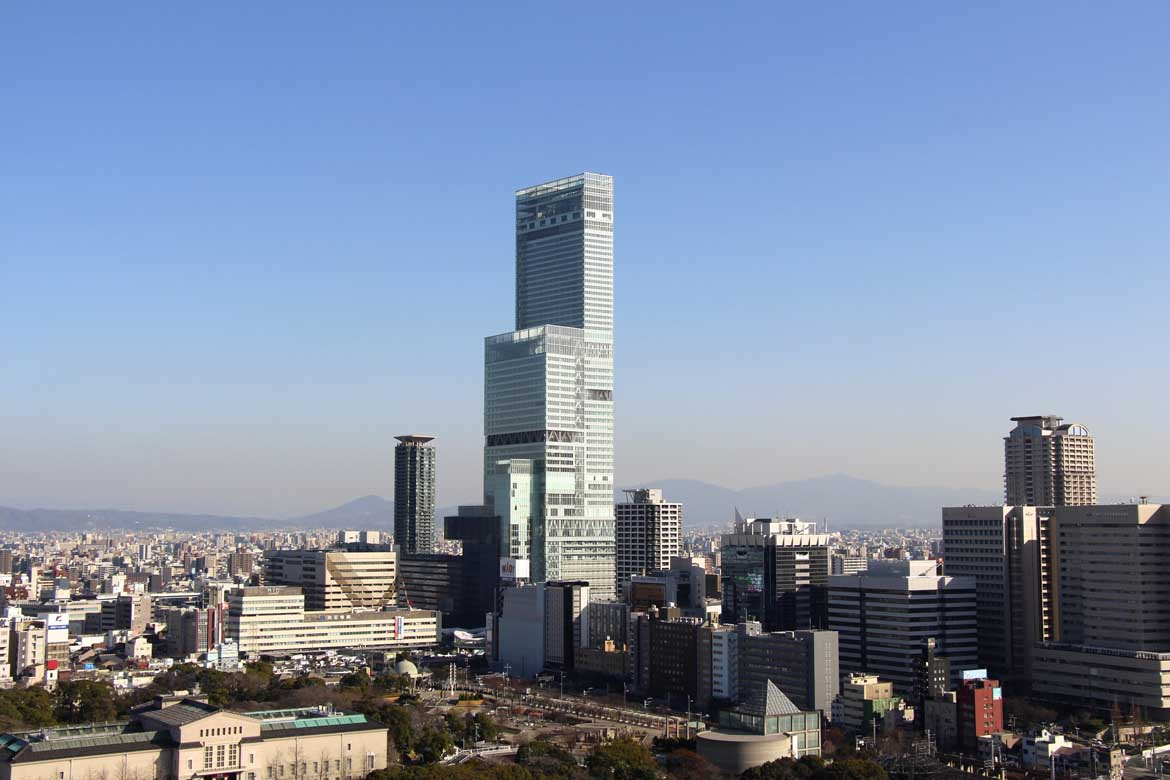
- Osaka Castle
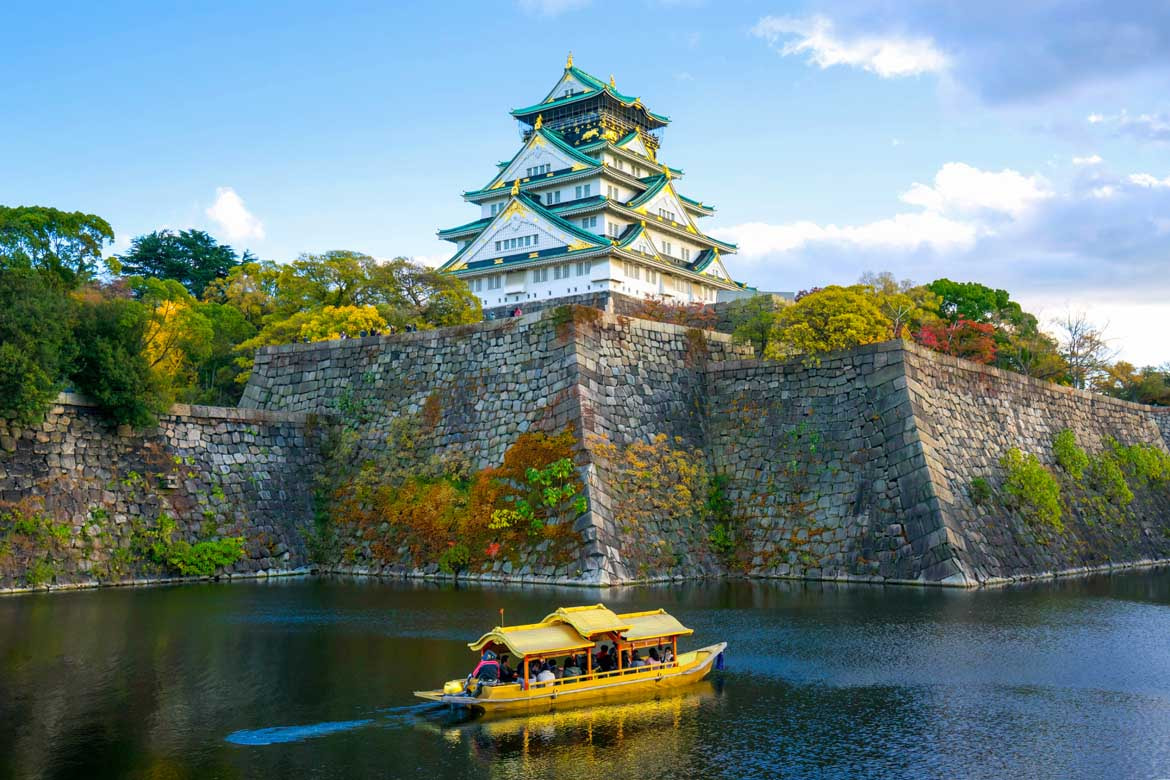
- Umeda Sky Building

- A Potala Palace

